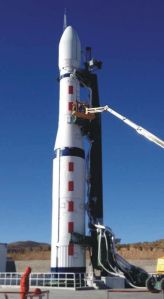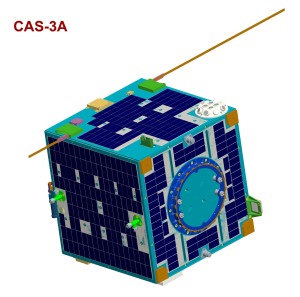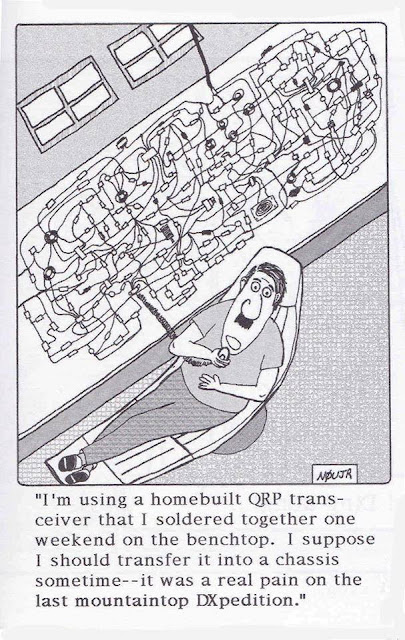Hi Bill,
Thanks very much for the mention in your tenth anniversary podcast! It is great to know I am embedded in internet history even though I am not that important.
I enjoyed listening to you and Pete on the recent Soldersmoke Podcast. I really got a kick out of the various discussions and thought I would weigh in. I am sure you have heard someone say "Well actually...", so here are a few from me
- Grand Pooh-Bah is, as you say, a Flintstones character, but it is not the the origin of the term. It actually goes back bit more than a century. The original character was named Pooh-Bah and was Lord High of nearly everything. He appeared in The Mikado by Gilbert and Sullivan in 1885.
- There really are a fair number of non-software experiments that can be done with SDR. My first SDR was a set of boards assembled by Gerald when he was first starting Flexradio in 2002. His plans were very much homebrew and were published in QEX July/Aug 2002. My second SDR was a homebrew kit put together by Tony Parks, KB9YIG in 2005. He still sells SDR kits as fivedash.com. All this is very much home brew and does not rely on obscure hardware blobs. Have a look at the schematic for the current softrock at Ensemble II Schematic.pdf. It only uses "jellybean ICs".
- According to the Smithsonian magazine, "Despite their modern reputation, the original Luddites were neither opposed to technology nor inept at using it...A seemingly endless war against Napoleon’s France had brought 'the hard pinch of poverty,' wrote Yorkshire historian Frank Peel, to homes 'where it had hitherto been a stranger.' Food was scarce and rapidly becoming more costly. Then, on March 11, 1811, in Nottingham, a textile manufacturing center, British troops broke up a crowd of protesters demanding more work and better wages." It was only later that they became associated with resenting the machinery.
About 12 years later when I was in college I heard exactly the same comment as "jellybean" Integrated Circuits (7400 and 4000) began to displace discrete transistors. There was much musing about how the future would be one of just plugging ICs together and no design talent would be needed or developed.
Fast forward another 20 years and the microprocessor moved from Primary CPU, to cheap CPU, to PICs and Atmels. Here came the same comment lamenting the loss of ICs that "we could understand" and "no more electronics is needed, just hook the blocks and write the software."
Now about 10 years from then we are seeing complete transmitter and receiver modules, zigbee, wifi, and many other Adafruit style drop-in modules. I figure it is about time to hear that old saying once again. You and Pete need to be careful as you dance about it, don't fall into the trap
So in the immortal words of Blaise Pascal in 1657, "I have only made this letter longer because I have not had the time to make it shorter."
Keep up the good work and great podcast!
73 de AG5RS, Ron











































